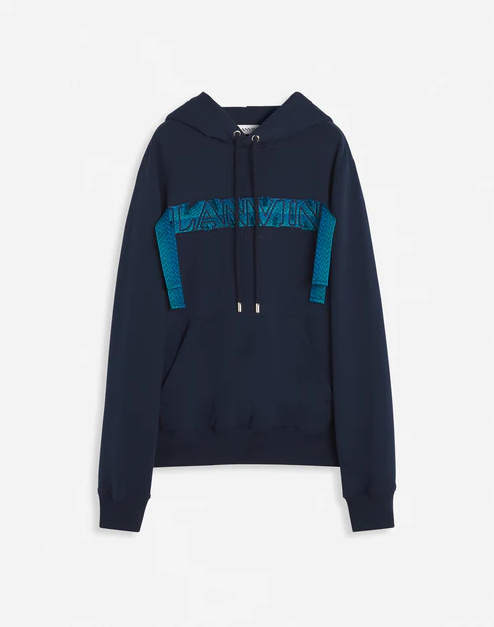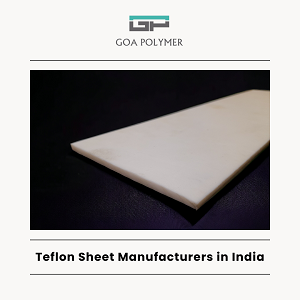Lanvin: A Legacy of Timeless Elegance and French Couture

LANVIN® || Lanvin Paris Official Clothing || Lanvin US
Founded in 1889 by Jeanne Lanvin, the Lanvin fashion house is one of the oldest in Paris. It began not as a fashion empire, but as a modest hat shop on Rue du Faubourg Saint-Honoré. Jeanne Lanvin entry into fashion was both organic and heartfelt. She started by designing clothes for her daughter Marguerite, whose stylish and imaginative outfits soon attracted the attention of Parisian society. Demand grew rapidly, and what started as motherly love transformed into an illustrious brand.
Lanvin’s earliest creations were marked by craftsmanship and a deep appreciation for feminine elegance. The label’s signature aesthetic—refined silhouettes, rich fabrics, and romantic detailing—quickly set it apart from other fashion houses. Jeanne Lanvin’s background as a milliner and her intuitive eye for fabric gave her designs a graceful fluidity that was both luxurious and wearable.
The Rise of a Fashion Powerhouse in the 20th Century
As Lanvin Sneakers evolved from children’s clothing to full-fledged women’s fashion, its founder maintained a sharp focus on individuality and elegance. By the 1920s, Lanvin was competing with the likes of Chanel and Poiret, firmly establishing its place in haute couture. What truly distinguished Lanvin during this golden era was its comprehensive lifestyle vision. The house didn’t just stop at clothing—it extended into men’s fashion, interior design, and perfumes.
One of Lanvin’s most iconic creations was the Arpège perfume, launched in 1927. Inspired by her daughter’s piano scales, Arpège became a symbol of timeless femininity and remains one of the house’s most enduring fragrances. The black and gold bottle, adorned with a mother-and-child logo, captured the essence of Jeanne Lanvin’s brand ethos: family, elegance, and artistic refinement.
Throughout the 20th century, Lanvin maintained a reputation for uncompromising quality. Its ateliers became renowned for intricate embroidery, use of rare materials, and couture-level craftsmanship. Even after Jeanne Lanvin’s death in 1946, the fashion house continued to thrive under a series of designers who sought to uphold her legacy while adapting to modern trends.
Reinvention in the Modern Fashion Era
Lanvin’s resurgence in the 21st century is largely credited to Alber Elbaz, who became creative director in 2001. Elbaz brought a breath of fresh air to the brand, combining Lanvin’s heritage with contemporary flair. His designs were characterized by asymmetry, draped fabrics, and a soft, romantic palette. Under his leadership, Lanvin re-established itself as a red-carpet favorite, embraced by celebrities, fashion editors, and style influencers alike.
What made Elbaz’s tenure particularly special was his ability to honor Jeanne Lanvin’s original vision while making it relevant for modern women. His work emphasized wearability, emotion, and femininity—a rare combination in an industry often driven by shock value or fleeting trends. Elbaz famously said, “I don’t do clothes for reality TV. I do clothes for real women.”
This approach resonated not just with fashion insiders but also with a new generation of consumers who were discovering Lanvin for the first time. The house’s tailored yet whimsical aesthetic offered a compelling alternative to the minimalism and edginess that dominated early 2000s fashion.
Lanvin’s Expansion Beyond Couture
Beyond haute couture and ready-to-wear collections, Lanvin has continuously expanded its reach into accessories, footwear, and men’s fashion. The men’s collections, initially launched under Jeanne Lanvin herself, have evolved into a strong component of the brand’s modern identity. Sleek tailoring, innovative fabric combinations, and subtle yet impactful design elements define Lanvin menswear today.
Lanvin shoes and handbags, often featuring unexpected textures or architectural shapes, have become cult favorites. The Curb sneaker, for instance, emerged as a contemporary icon in streetwear, drawing attention from younger fashion consumers and street style aficionados. This ability to bridge classic elegance with modern appeal has kept Lanvin relevant in a highly competitive industry.
Its accessories often draw inspiration from Lanvin’s rich archives, with nods to Art Deco, French aristocracy, and Jeanne Lanvin’s personal sketches. Whether it’s through an intricately beaded clutch or a sculptural heel, Lanvin consistently communicates its roots in fine artistry.
Leadership Changes and New Creative Visions
The post-Elbaz period was marked by instability, with several designers taking the helm in quick succession. This challenged Lanvin’s consistency in the public eye, but it also opened the door to fresh interpretations of the house’s heritage. Creative directors like Bouchra Jarrar and Olivier Lapidus brought distinct perspectives, although their tenures were brief.
In recent years, the brand has sought to balance legacy and innovation by appointing designers who understand both the history and future potential of Lanvin. With a focus on digital presence, global expansion, and sustainable practices, the fashion house is recalibrating for a new era. The use of social media, influencer partnerships, and immersive fashion presentations has broadened Lanvin’s reach and attracted a wider, more diverse audience.
Lanvin’s Place in Contemporary Fashion
Today, Lanvin is recognized as a brand that celebrates timeless femininity while exploring new creative territories. Its appeal lies in its duality: deeply traditional yet open to innovation, aristocratic in spirit yet democratic in expression. In a fashion world often dominated by logos and spectacle, Lanvin’s refined aesthetic is a breath of fresh air.
Unlike many fashion houses that rely heavily on celebrity endorsements or viral moments, Lanvin continues to prioritize the integrity of design. Its garments often speak for themselves—crafted to last, made to be admired, and designed to reflect the nuances of personal style rather than dictate it.
The legacy of Jeanne Lanvin continues to influence not just her namesake house but the entire fashion industry. Her pioneering spirit as one of the first female couturiers laid the groundwork for countless women in design. Her emphasis on artistic collaboration, fabric innovation, and holistic lifestyle branding set a precedent that many modern luxury houses strive to emulate.
Looking Forward: A Modern Classic in a Fast-Moving World
As fashion continues to evolve at a rapid pace, Lanvin remains a unique figure in the luxury landscape. It stands not as a relic of the past, but as a modern classic—continuously reinventing itself without losing sight of its origins. The brand’s focus on elegance, craft, and emotional connection ensures its lasting relevance.
With renewed energy and a forward-thinking strategy, Lanvin is poised to not only maintain its prestigious place in the fashion world but also redefine what it means to be a luxury brand in the 21st century. Whether through innovative design, cultural resonance, or heartfelt storytelling, Lanvin’s journey is far from over.



